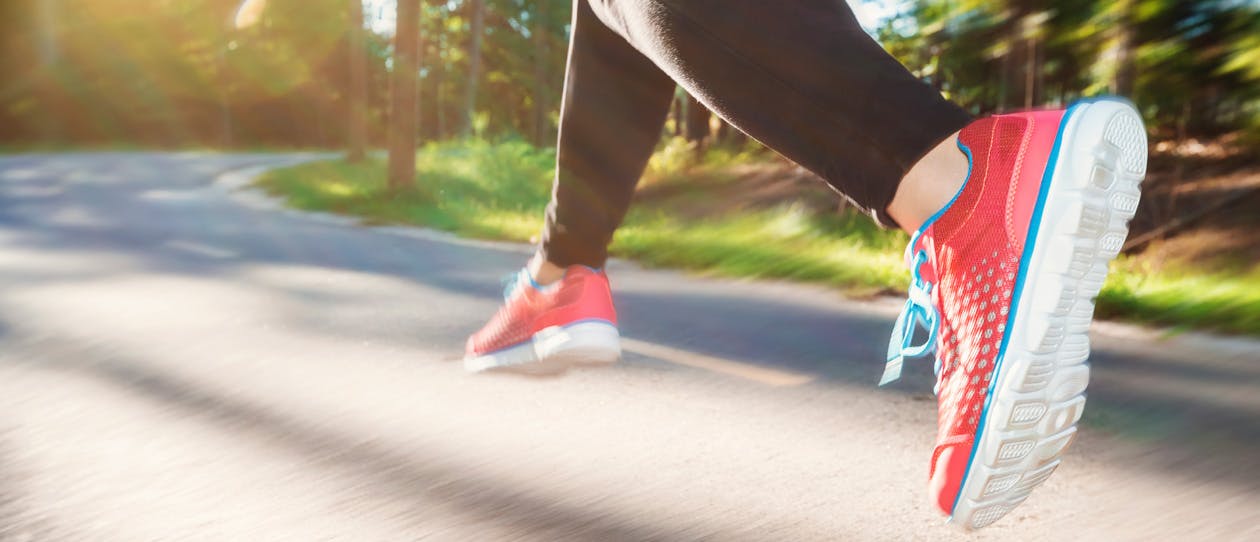
- Health hub/
- Tips & Advice on Improving your Energy Levels/
- How to run injury free


With the running season well underway, and more and more people entering running events, there are also a number of common injuries being seen at the clinic.
But the good news is , these injuries are largely preventable and can be stopped from getting in the way of training.
One factor is the periodization of the training program. This means the progression of volume and load that you’re subjecting your body to.
Another factor is muscle strength and stability, for example, poor hip strength leading to poor knee mechanics.
And lastly running technique has a huge impact on injuries, whether it is high ground reaction forces as you land hard and pound the pavement or things like over striding.
All of these factors can be altered whether it’s through strength training at the gym, running drills and/or sitting down and planning a run program that will see proper running progressions.
First of all its important to find someone who can help you identify what the issues may be but then you must know how to implement it.
Here are a few key points to consider
1. Training program
Instead of just going out and running distances you feel like you’re comfortable with, sit down and actually plan your distances. The program should include different intensity runs to train all your energy systems:- Sprint training for short durations to increase your anaerobic system
- Tempo runs to target your lactate threshold and really learn how to push your race pace
- Long slow distances to increase your aerobic capacity and get some more KMs under your belt
2. Leg Strength
Make sure that you’re training your hip stabilizer muscles such as gluteus medius to ensure running efficiency.You will most likely need someone to visually look at your running and single leg control to figure out if you’re lacking stability but you could start with doing some single leg squats in front of a mirror:
- Compare sides to see if you can find a noticeable asymmetry between them
- Watch your knees and see if they collapse inward
3. Assessment
Have someone film your running from behind and side on. Look for the foot to land under your hips and torso not out in front.This article first appeared on Sydney Physiotherapy Solutions
Well Beings Keep Running!
For more tips, advice and delicious recipes to fuel your run click hereSydney Physiotherapy Solutions is a group of leading Physiotherapy clinics, based in the Sydney CBD and Chatswood.
Dr Brad McIntosh and the team at Sydney Physiotherapy Solutions are our 'go-to' physios for the Blackmores Sydney Running Festival.
Got a question for the team? Ask a Physio here




